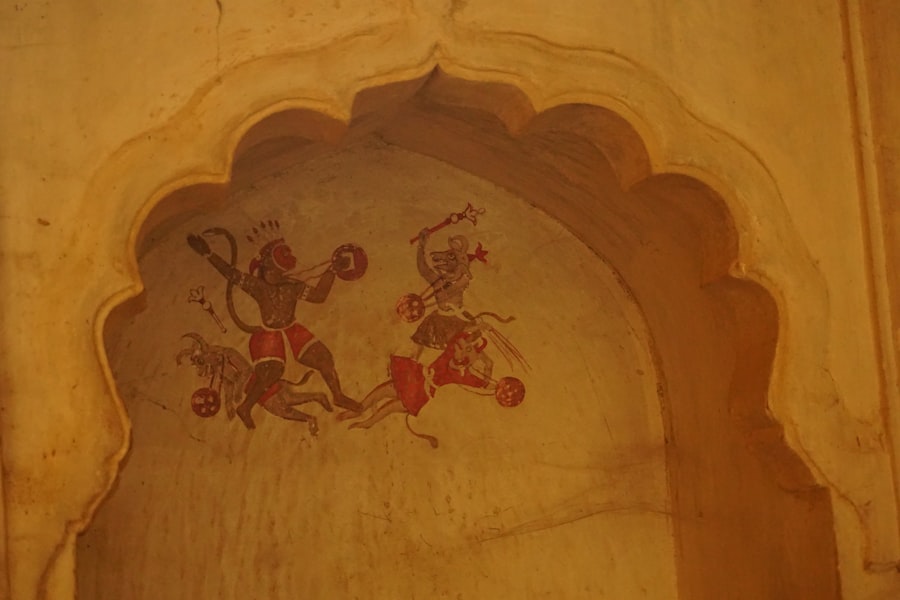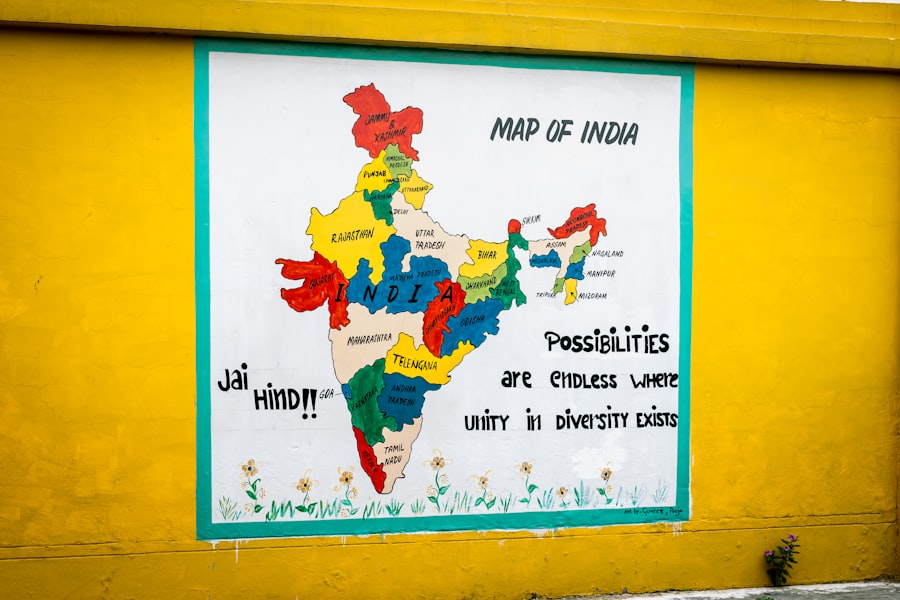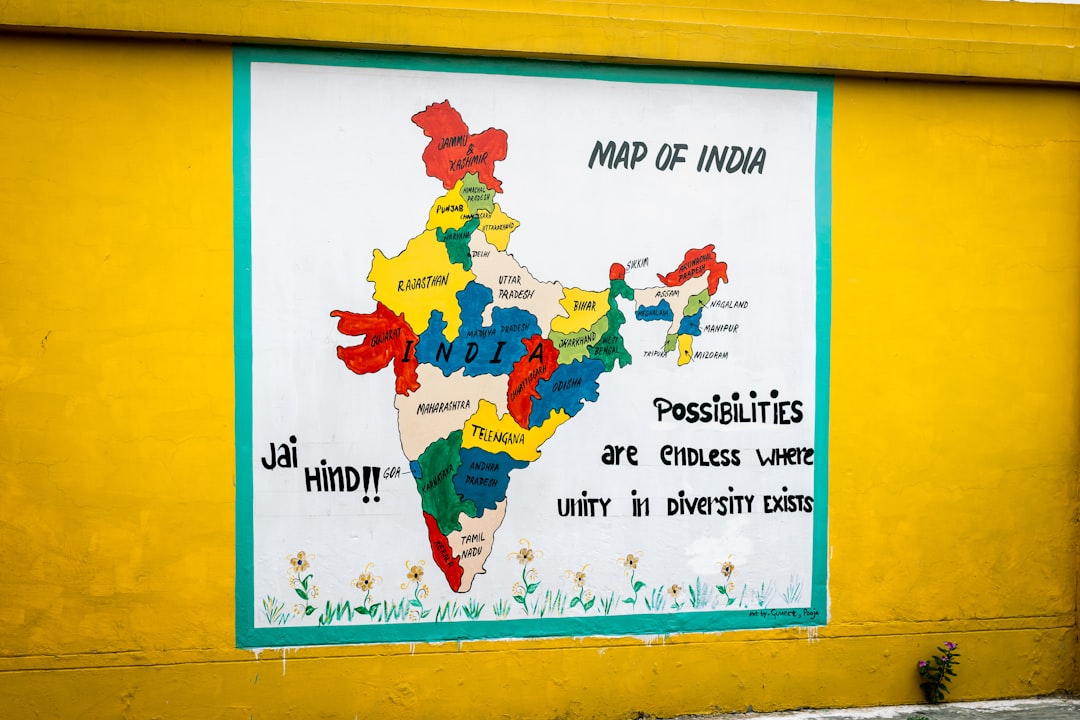Ancient Indian historiography is a complex tapestry woven from various threads of culture, religion, and philosophy. Unlike the Western tradition, which often emphasizes a linear progression of events and a more empirical approach to historical documentation, ancient Indian historiography is characterized by its multifaceted nature.
The historiographical practices in ancient India were not merely about recording events; they were deeply intertwined with the cultural and spiritual fabric of society. The earliest forms of historical writing in India can be traced back to texts such as the Vedas and the epics, including the Mahabharata and the Ramayana. These texts serve not only as religious scriptures but also as repositories of historical memory, reflecting the values, beliefs, and social structures of their time.
The concept of time in ancient Indian thought was cyclical rather than linear, which influenced how history was perceived and recorded. Events were often contextualized within larger cosmic cycles, emphasizing the eternal nature of existence rather than a mere chronological sequence of occurrences. This unique perspective on time and history has profound implications for understanding how ancient Indians viewed their past.
Key Takeaways
- Ancient Indian historiography is a rich and complex field that offers valuable insights into the history and culture of the region.
- Myth played a significant role in shaping historical accounts in ancient India, often blurring the lines between fact and fiction.
- Oral tradition was a key method of recording history in ancient India, leading to the preservation of diverse narratives and perspectives.
- Religious texts had a profound influence on historical accounts in ancient India, shaping the way events were interpreted and recorded.
- Distinguishing between myth and reality in ancient Indian historiography poses a significant challenge, requiring careful analysis and interpretation of sources.
- The legacy of ancient Indian historiography continues to influence modern historical scholarship and our understanding of the region’s rich and diverse history.
The Role of Myth in Ancient Indian Historiography
Myth plays a pivotal role in ancient Indian historiography, serving as both a narrative device and a means of conveying deeper truths about human existence and societal values. Myths are not merely fanciful stories; they encapsulate the collective consciousness of a culture, providing insights into its moral framework and existential questions. In ancient India, myths were often employed to explain natural phenomena, social customs, and historical events, blurring the lines between history and legend.
For instance, the tales of divine incarnations in Hindu mythology, such as those of Rama and Krishna, are imbued with moral lessons that resonate with the ethical dilemmas faced by individuals and communities. The Mahabharata, one of the most significant epics in Indian literature, exemplifies the intertwining of myth and history. The narrative recounts the Kurukshetra War, a monumental conflict that serves as a backdrop for exploring themes of dharma (righteousness), justice, and the human condition.
While the epic contains historical elements, its mythological aspects elevate it beyond mere chronicle; it becomes a philosophical discourse on life’s complexities. The characters within these myths often embody archetypal qualities that reflect societal ideals and struggles, allowing readers to engage with their own realities through these timeless narratives.
The Use of Oral Tradition in Recording History

Oral tradition has been a cornerstone of historical recording in ancient India, serving as a vital means of preserving knowledge across generations. Before the advent of written texts, stories were passed down orally, allowing communities to maintain their cultural heritage and historical consciousness. This method of transmission was not merely about memorizing facts; it involved a dynamic process where storytellers would adapt narratives to suit contemporary contexts while retaining core elements of truth.
The oral tradition thus became a living history, constantly evolving yet anchored in collective memory. The significance of oral tradition is particularly evident in the context of regional histories and local legends. Various communities across India have their own unique oral narratives that recount historical events, genealogies, and cultural practices.
For example, the folk tales of Rajasthan often recount the valor of Rajput warriors, blending historical facts with embellishments that highlight their bravery and honor. These stories serve not only as entertainment but also as a means of instilling pride and identity within communities. The oral tradition’s fluidity allows for diverse interpretations of history, reflecting the multiplicity of experiences within ancient Indian society.
The Influence of Religious Texts on Historical Accounts
Religious texts have profoundly influenced historical accounts in ancient India, shaping narratives that intertwine spirituality with historical events. The Vedas, Upanishads, Puranas, and other sacred writings are not merely religious doctrines; they also contain historical references that provide insights into the socio-political landscape of their times. For instance, the Puranas offer genealogies of kings and dynasties, linking them to divine origins and establishing their legitimacy through a sacred lens.
This intertwining of religion and history served to reinforce social hierarchies and political authority. The Bhagavad Gita, part of the Mahabharata, exemplifies how religious discourse can inform historical understanding. In this text, Lord Krishna imparts spiritual wisdom to Arjuna on the battlefield, addressing profound ethical dilemmas faced by individuals in times of conflict.
While it is set against the backdrop of a historical war, its teachings transcend time and place, offering philosophical insights that resonate with human experiences across ages. The Gita’s dual role as both a spiritual guide and a historical narrative illustrates how religious texts can shape collective memory while providing moral frameworks for understanding past events.
The Challenges of Distinguishing Myth from Reality in Ancient Indian Historiography
One of the most significant challenges in studying ancient Indian historiography is distinguishing between myth and reality. The intertwining of historical events with mythological narratives complicates efforts to ascertain factual accuracy. Many historical figures are enshrined in mythic status; for example, figures like Ashoka or Chandragupta Maurya are often depicted with divine attributes in various texts.
This elevation can obscure their actual historical contributions and achievements, leading to a conflation of fact and fiction. Moreover, the cyclical conception of time prevalent in ancient Indian thought further complicates this distinction. Events are often recounted within larger cosmic cycles that emphasize moral lessons rather than chronological accuracy.
As such, historians must navigate a landscape where truth is not solely defined by empirical evidence but also by cultural significance and moral teachings embedded within narratives. This necessitates a nuanced approach that respects the integrity of myth while seeking to uncover historical realities.
The Legacy of Ancient Indian Historiography in Modern Times

The legacy of ancient Indian historiography continues to resonate in contemporary scholarship and cultural identity. Modern historians increasingly recognize the value of integrating diverse sources—mythological texts, oral traditions, and archaeological findings—to construct a more holistic understanding of India’s past. This interdisciplinary approach acknowledges that history is not merely a collection of dates and events but a complex interplay of narratives that shape collective memory.
Contemporary writers often draw upon mythological themes to explore contemporary issues, reflecting an enduring connection to the past. The reinterpretation of epics like the Mahabharata in modern contexts serves as a testament to their timeless relevance.
As society grapples with questions of identity, morality, and existence, these ancient narratives provide rich resources for reflection and dialogue. In conclusion, ancient Indian historiography offers profound insights into how societies construct their understanding of the past through myth, oral tradition, and religious texts. The challenges inherent in distinguishing myth from reality highlight the complexity of historical interpretation in this context.
Ultimately, the legacy of these historiographical practices continues to shape modern perspectives on history and culture in India today.
Ancient Indian Historiography: Blending Myth and Reality is a fascinating exploration of how historical narratives in India have been shaped by a mixture of myth and reality. For a deeper understanding of the philosophical underpinnings of Indian culture, one can read the article Exploring the Philosophies of Tagore and Radhakrishnan: Humanism, Intuition, and Man’s Destiny. This article delves into the profound insights of two of India’s most influential thinkers, Rabindranath Tagore and Sarvepalli Radhakrishnan, shedding light on their perspectives on humanism, intuition, and the destiny of mankind.
FAQs
What is ancient Indian historiography?
Ancient Indian historiography refers to the study and writing of history in ancient India. It encompasses the various methods and sources used by ancient Indian scholars to record and interpret historical events, blending myth and reality.
How did ancient Indian historiography blend myth and reality?
Ancient Indian historiography blended myth and reality by incorporating religious and mythological narratives into historical accounts. This approach aimed to convey moral and philosophical lessons while also documenting actual events and figures.
What were the primary sources used in ancient Indian historiography?
The primary sources used in ancient Indian historiography included religious texts, epics, inscriptions, and oral traditions. These sources provided historical accounts, genealogies, and descriptions of events and rulers.
What were the major themes in ancient Indian historiography?
The major themes in ancient Indian historiography included the cycles of time (yugas), the concept of dharma (duty or righteousness), the lives of kings and rulers, and the achievements of ancient Indian civilization in various fields such as science, art, and literature.
Who were the prominent ancient Indian historians?
Prominent ancient Indian historians included Kalhana, who wrote the “Rajatarangini” chronicling the history of Kashmir, and the Buddhist monk Bhikshu, who wrote the “Mahavamsa” detailing the history of Sri Lanka. Other notable historians included Chanakya, the author of “Arthashastra,” and the sage Valmiki, who composed the epic “Ramayana.”






















+ There are no comments
Add yours